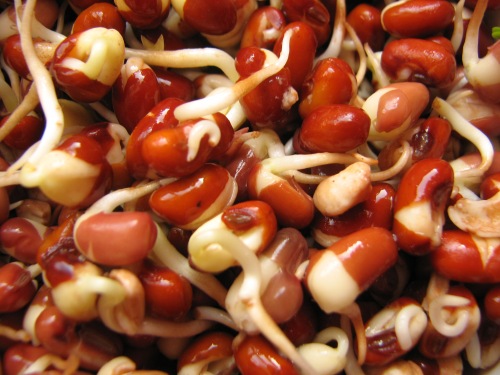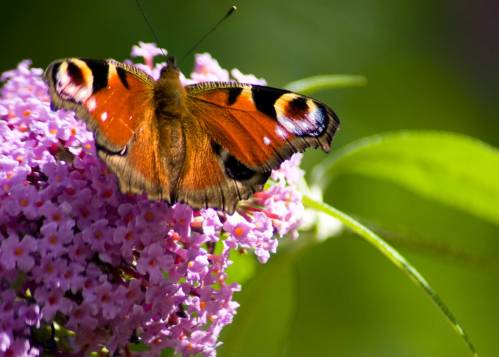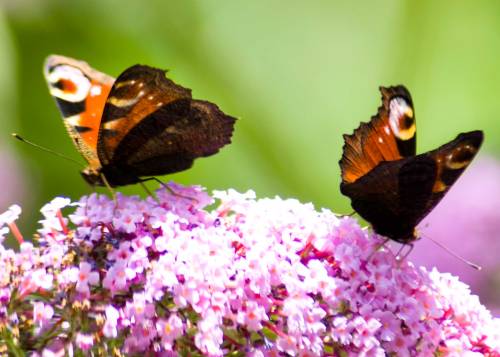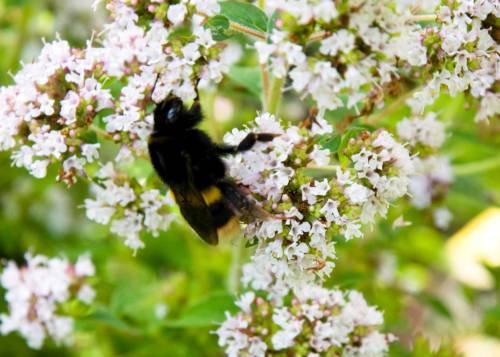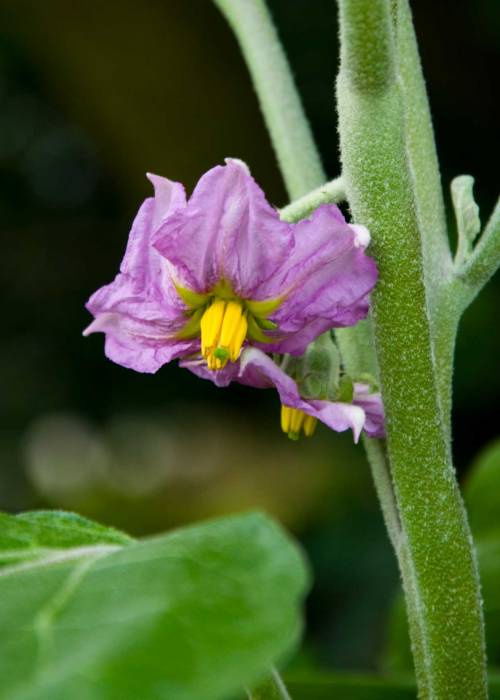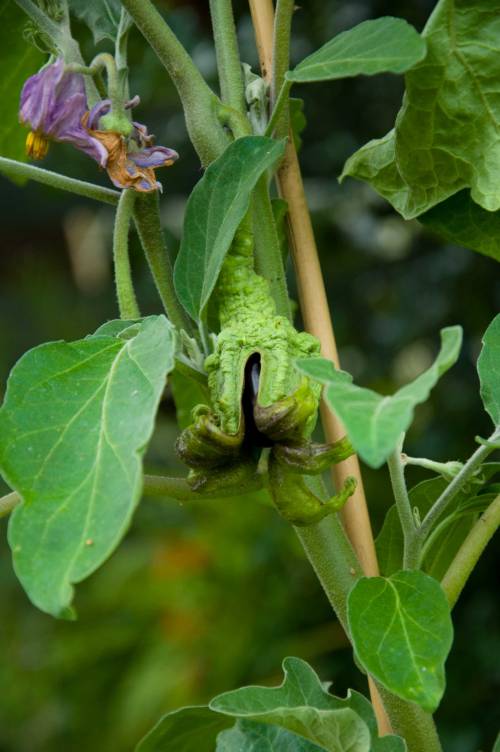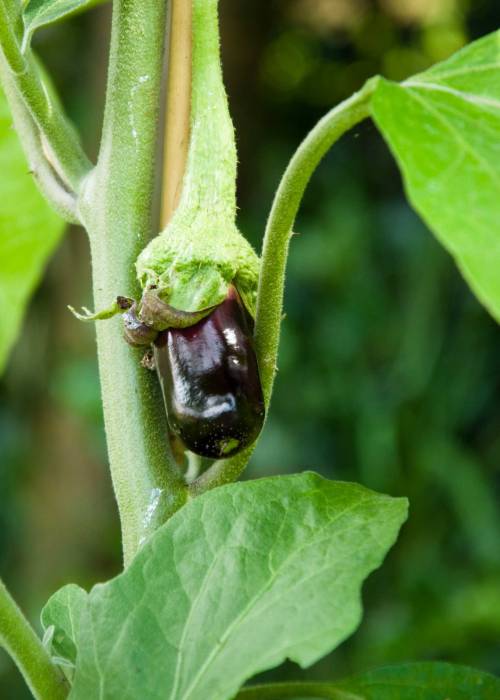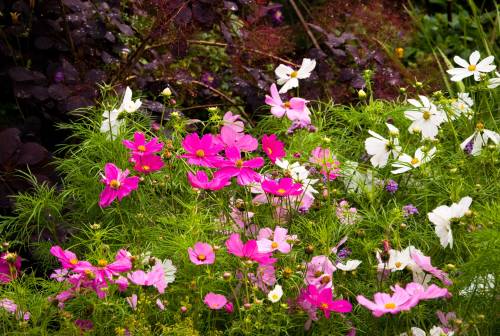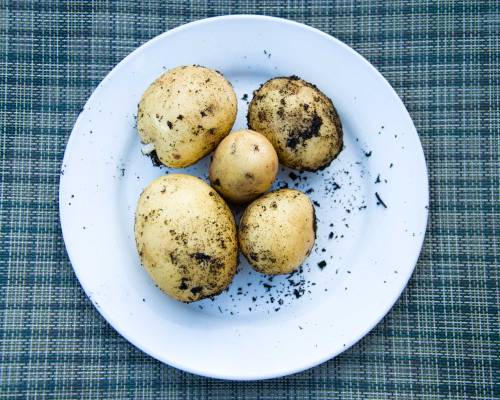The global population is estimated to reach between 8.3 and 10.9 billion people by 2050. Food security is a major worry for the world’s leaders. It is now known that the millions of people growing their own food throughout the world already play a big part in providing food that eases the food security issue, The more of us that can grow our own, on our own land, the more we can reduce the pressure on land and resources elsewhere. The ratio of energy needed to produce food and the energy this food actually produces has increased negatively too, because of fuel used to produce the food and transport it, and the use of fertilizers. That’s another improvement when it’s grown in your own place (garden or pot) as there are NO fuel costs beyond buying the seed initially. No airmiles, no artificial fertilisers and no petrol or diesel to get to the shops, and YOU save energy not going shopping, carrying the food and throwing away the wrapping.
Surely then we should all be doing our utmost to grow what we can, for the sake of our planet and our children. We are learning to re-use items otherwise destined for landfill, to reduce pressure there, but this, our food, is so important that we need to do what we can. It’s so simple! Anyone could grow beansprouts or lettuce leaves on the windowsill. There are only benefits to growing your own. No trip to the shops, much cheaper food and no air miles. Food is as fresh as it can be, loaded with good nutrients that haven’t had time to deteriorate and tastes marvellous. It also costs you a lot less than that lettuce wrapped in a plastic bag and refrigerated to stop it wilting. Convinced yet?
You don’t have to have a huge plot and grow potatoes to make a difference. As one supermarket chain keeps re-iterating, every little helps, especially if we ALL do a little. Beansprouts of various kinds, salad leaves and even beetroot can be grown in pots and containers. Spring onions, chives, herbs and even tomatoes can be grown easily, cheaply and need only a little TLC for success.
Have you tried? So many people have said to me they kill things. They can’t grow things. Keeping plants alive is just a matter of giving the plant what it needs, and that’s a fairly simple matter to understand. They need something to grow in (compost) some food (compost then liquid feed), light and warmth. Then they need water. But they, like us, drown in too much of the stuff. There you have it. Simple. The internet abounds with specialist techniques for growing various things, and if you’re that interested you can follow them, as I do sometimes. But I’m passionate about gardening. You don’t have to be to grow basic stuff and get good results.
Try this. Take one tablespoon of mung beans or whole lentils. Place in a large jar, cover the end with old tights or a bit of muslin. Fill the jar with water. Empty. Leave on windowsill but not in strong sunlight. Repeat rinsing twice a day and eat within the week. Simple!
Come back and see me again. I’ll give some basic hints and tips, tell you what I’ve done and what works and doesn’t work for me. Have a try. It’s very satisfying to pick and eat something you’ve tended, however nervously.

